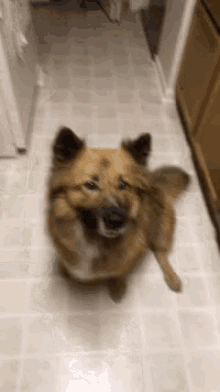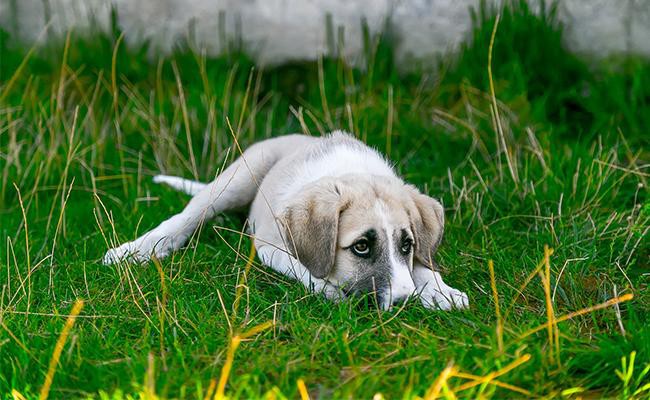

Ingestion of kaolin (white clay) among African-American women in the US state of Georgia shows the practice there to be a DSM-4 " culture-bound syndrome" and "not selectively associated with other psychopathology". Pica may be a cultural practice not associated with a deficiency or disorder. Sensory, physiological, cultural, and psychosocial perspectives have also been used to explain the causation of pica. More recently, cases of pica have been tied to the obsessive–compulsive spectrum, and a move has arisen to consider OCD in the cause of pica. Mental health conditions such as obsessive-compulsive disorder (OCD) and schizophrenia have been proposed as causes of pica. Additionally, children and pregnant women may be more likely to have anemia or low hemoglobin relative to the general population. Practicing pagophagy and amylophagy is more highly associated with anemia. Specifically, practicing geophagy is more likely to be associated with anemia or low hemoglobin. People practicing forms of pica, such as geophagy, pagophagy, and amylophagy, are more likely anemic or have low hemoglobin concentration in their blood, lower levels of red blood cells ( hematocrit), or lower plasma zinc levels.

According to the DSM-5, mineral deficiencies are occasionally associated with pica, but biological abnormalities are rarely found.
DOG PICA SYMPTOMS MANUAL
Pica is currently recognized as a mental disorder by the Diagnostic and Statistical Manual of Mental Disorders (DSM-5). For example, lead poisoning may result from the ingestion of paint or paint-soaked plaster, hairballs may cause intestinal obstruction and Toxoplasma or Toxocara infections may follow ingestion of feces or soil. Complications Ĭomplications may occur due to the substance consumed. This pattern of eating should last at least one month to meet the time diagnostic criterion of pica.
 Xylophagia (wood, or wood products such as paper). Trichophagia (hair, wool, and other fibers).
Xylophagia (wood, or wood products such as paper). Trichophagia (hair, wool, and other fibers).  Geophagia (earth, soil, sand, clay, chalk). Amylophagia (purified starch, as from corn). Pica can also be found in animals such as dogs and cats. Another risk of eating soil is the ingestion of animal feces and accompanying parasites. In addition to poisoning, a much greater risk exists of gastrointestinal obstruction or tearing in the stomach. A similar risk exists from eating soil near roads that existed before the phase-out of tetraethyllead or that were sprayed with oil (to settle dust) contaminated by toxic PCBs or dioxin. Children eating painted plaster containing lead may develop brain damage from lead poisoning. Pica is most commonly seen in pregnant women, small children, and people who may have developmental disabilities such as autism. Stressors such as emotional trauma, maternal deprivation, family issues, parental neglect, pregnancy, and a disorganized family structure are risk factors for pica. Pica has been linked to other mental and emotional disorders. In addition, it may cause surgical emergencies to address intestinal obstructions, as well as more subtle symptoms such as nutritional deficiencies and parasitosis. Pica may lead to intoxication in children, which can result in an impairment of both physical and mental development. Īccording to the Diagnostic and Statistical Manual of Mental Disorders, 5th Edition (DSM-5), pica as a standalone eating disorder must persist for more than one month at an age when eating such objects is considered developmentally inappropriate, not part of culturally sanctioned practice, and sufficiently severe to warrant clinical attention. The term was drawn directly from the medieval Latin word for magpie, a bird subject to much folklore regarding its opportunistic feeding behaviors. The ingested or craved substance may be biological, natural or manmade. It can be a disorder in itself or a sign of other cultural or medical phenomena. Pica is the eating or craving of things that are not food.
Geophagia (earth, soil, sand, clay, chalk). Amylophagia (purified starch, as from corn). Pica can also be found in animals such as dogs and cats. Another risk of eating soil is the ingestion of animal feces and accompanying parasites. In addition to poisoning, a much greater risk exists of gastrointestinal obstruction or tearing in the stomach. A similar risk exists from eating soil near roads that existed before the phase-out of tetraethyllead or that were sprayed with oil (to settle dust) contaminated by toxic PCBs or dioxin. Children eating painted plaster containing lead may develop brain damage from lead poisoning. Pica is most commonly seen in pregnant women, small children, and people who may have developmental disabilities such as autism. Stressors such as emotional trauma, maternal deprivation, family issues, parental neglect, pregnancy, and a disorganized family structure are risk factors for pica. Pica has been linked to other mental and emotional disorders. In addition, it may cause surgical emergencies to address intestinal obstructions, as well as more subtle symptoms such as nutritional deficiencies and parasitosis. Pica may lead to intoxication in children, which can result in an impairment of both physical and mental development. Īccording to the Diagnostic and Statistical Manual of Mental Disorders, 5th Edition (DSM-5), pica as a standalone eating disorder must persist for more than one month at an age when eating such objects is considered developmentally inappropriate, not part of culturally sanctioned practice, and sufficiently severe to warrant clinical attention. The term was drawn directly from the medieval Latin word for magpie, a bird subject to much folklore regarding its opportunistic feeding behaviors. The ingested or craved substance may be biological, natural or manmade. It can be a disorder in itself or a sign of other cultural or medical phenomena. Pica is the eating or craving of things that are not food.








 0 kommentar(er)
0 kommentar(er)
